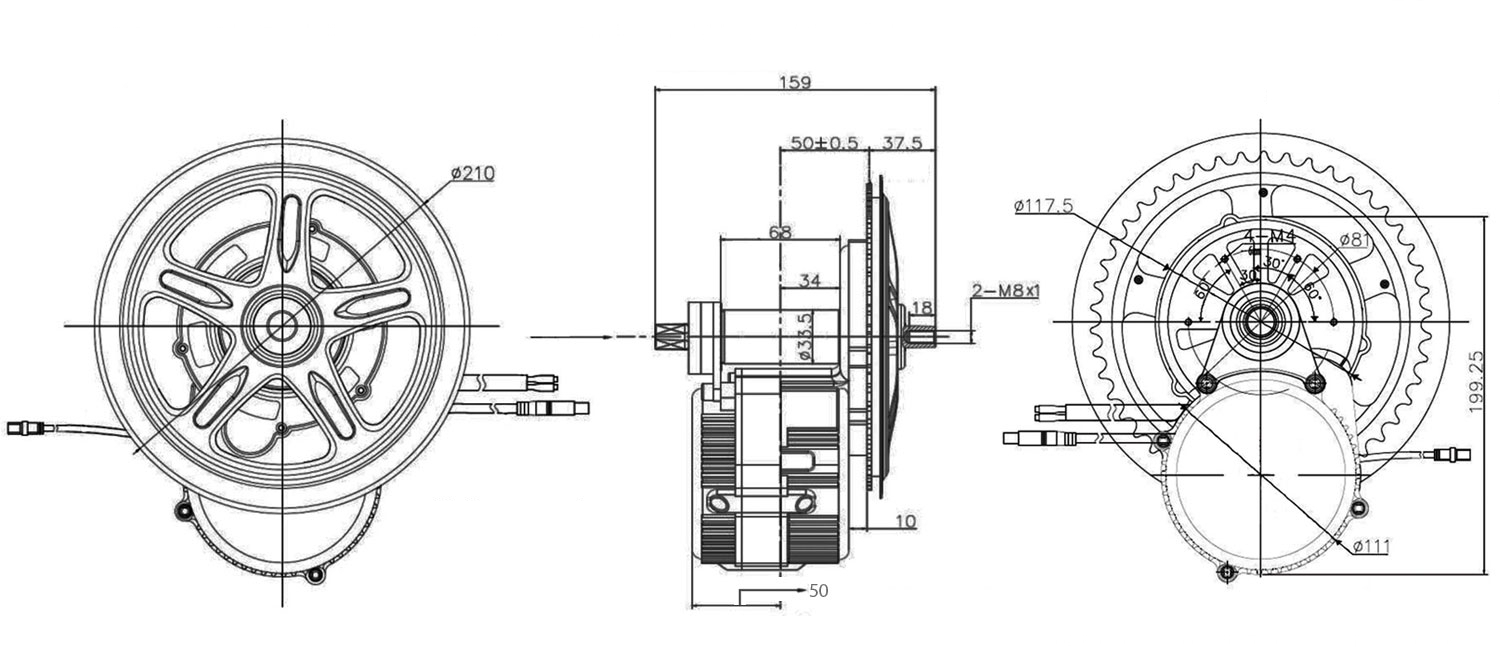At any voltage, torque is proportional to current - more or less, so if you want more torque, you get a system that can supply and handle the current. 15 amps at 36v is enough for most people, especially if you have the 15.5mph limit. 20 amps is better for heavy people that have moderate hills, and 30 amps can drag heavy people up steep hills.
You also get more torque if you increase the voltge. If you take a standard geared hub motor and run it at 48v, you get 30% more torque than you would at 36v, so a motor running at 15 amps and 48v is equivalent to a 36v one at 20 amps.
It doesn't really matter what the nominal voltage of the motor is because it's a meaningless characteristic. The nominal voltage is only a base to specify it's rotation speed. A lot of people worry that running a 36v motor at 48v might over-stress it. That's not so. It's the current that stresses it and a higher voltage allows you to run less current.
The main thing you need to concentrate on is the motor's max RPM, which will affect various other characteristics like over-heating. Your goal should be to get a motor that will give your bike a maximum theoretical speed that's 25% more than your planned modal speed. 201 rpm is 15 mph (26" wheel), 260 rpm is 20 mph and 320 rpm is 15mph for a 16" wheel. These are the common motor speeds for geared hubs. A 36v 201 rpm motor would be identical in all respects to a 48v 260 rpm one, likewise between a 260 rpm 36v one and a 48v 320 rpm one.
For general use and legal speeds, you want 260 rpm, and for speeds of just over 20 mph, 320 rpm.
In summary, a heavy rider with lots of hills and the 15.5mph limit would want a 260 rpm at 48v with 17 to 20 amp controller, which would blitz a Bosch crank drive in a hill-climbing test. A normal rider without too many hills would be OK with 260rpm, 36v and 15 amps. You have to decide where you are on the spectrum of power required. I'm 90 kg and I have very steep hills on my rides. I have a 320 rpm motor at 48v and 15 amps, which gives me all the power I need. It would be about the same as a Bosch motor on all but the steepest hills. I have a few crank-drive bikes, but they're all rotting in my garage along with various other high torque hub-motored bikes since I found ebiking nirvana.
















